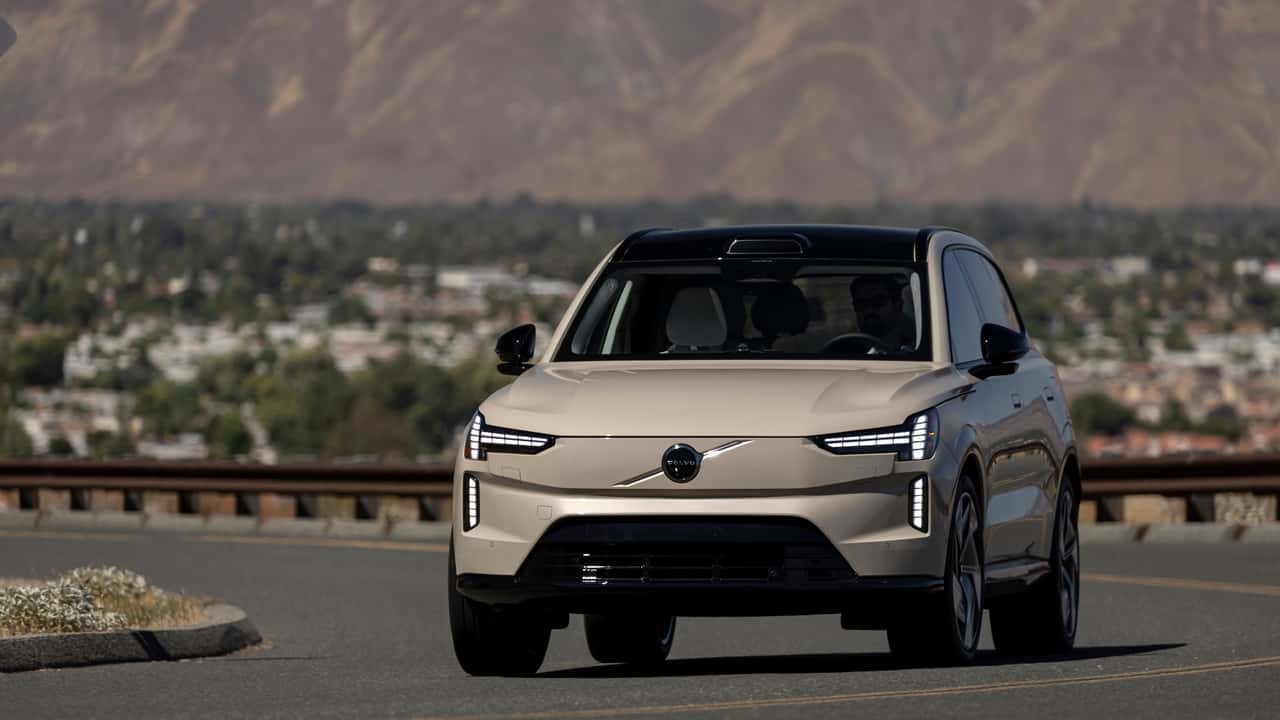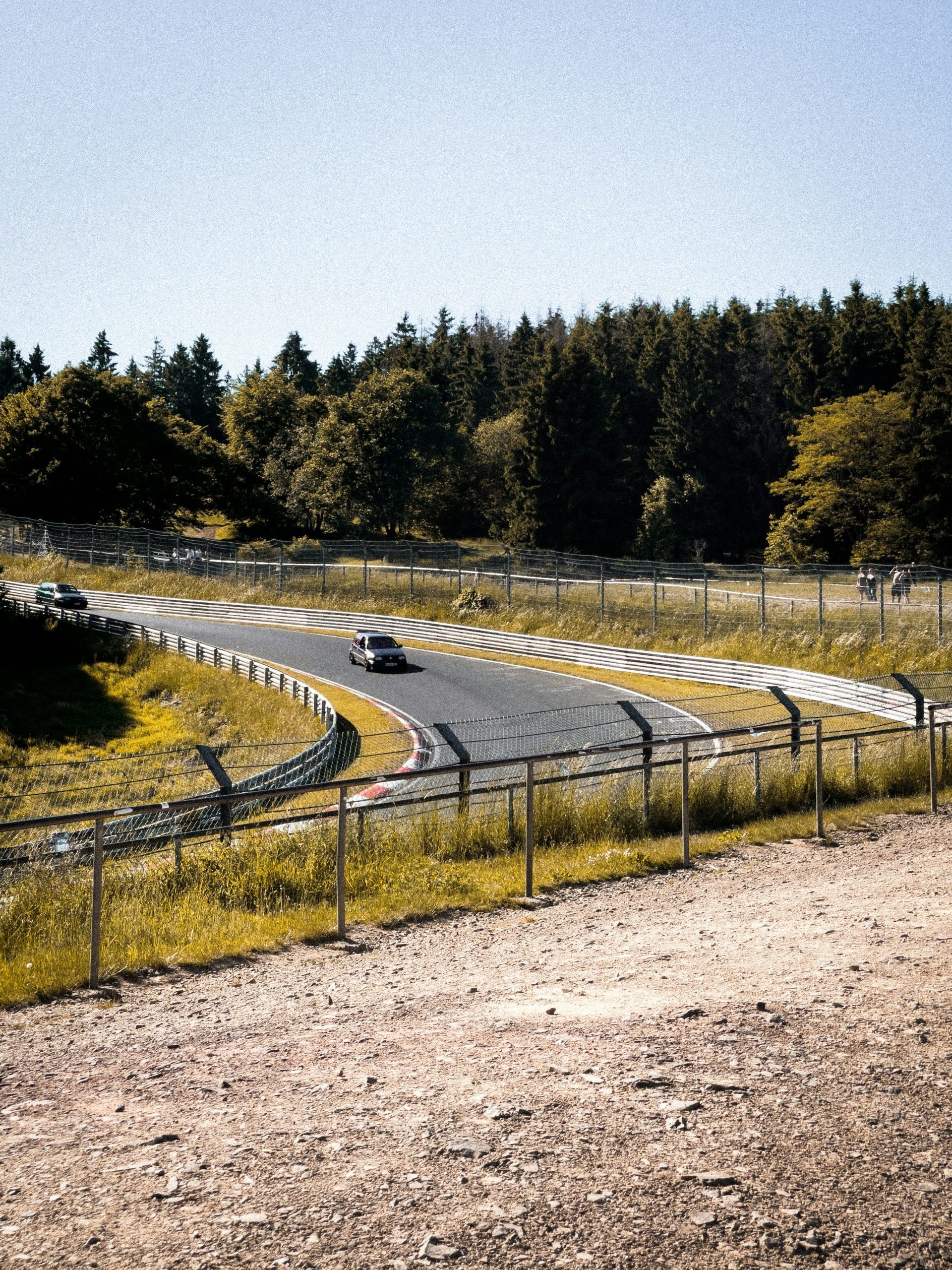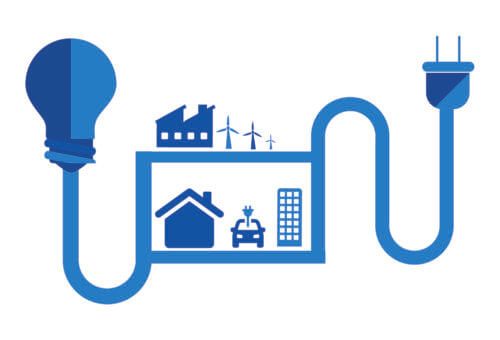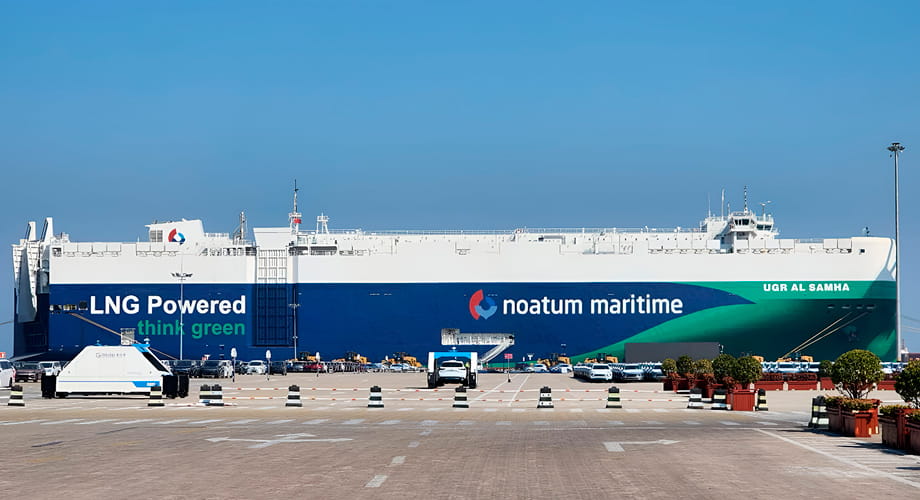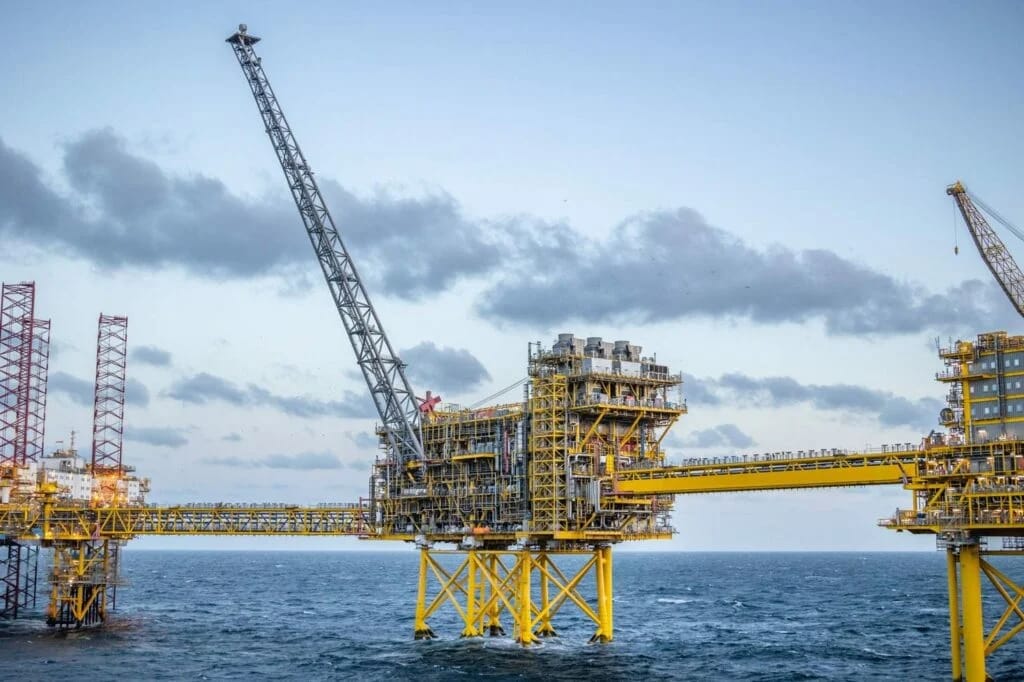The smarter the wind turbine, the stronger the grid
Electrification continues to expand around the globe. While the sudden upsurge in the number of electric vehicles may be the most obvious example of the growth of electrification, people are also adding a wide array of new appliances, tools, mobile devices and more to their lifestyles, consuming far more electrical energy than ever before. Rising… The post The smarter the wind turbine, the stronger the grid appeared first on Windpower Engineering & Development.

Electrification continues to expand around the globe. While the sudden upsurge in the number of electric vehicles may be the most obvious example of the growth of electrification, people are also adding a wide array of new appliances, tools, mobile devices and more to their lifestyles, consuming far more electrical energy than ever before.
Rising in tandem with this growth is an emerging recognition that traditional fossil energy generation can no longer be the only source of most of the world’s energy. Around the globe, individuals, governments and even industry are increasingly calling for more sustainable energy generation. In response, utilities are adding additional renewable generation assets to their portfolios to meet this new need.
Among the many options for renewable energy generation, wind turbines are of particular interest to many utilities. Wind turbines offer one of the most efficient ways to produce renewable energy. However, constructing new turbines can often be costly, complex and time consuming. Long gone are the days when a utility could simply select a flat patch of land and install a new wind asset. Today, increasing regulation makes it difficult to build new turbines in many areas.
To navigate this challenge, utilities are turning to the many existing wind farms already in place. With many legacy assets now underperforming due to age, and others simply dormant, existing installations are ripe for acquisition and reintroduction to the grid by traditional utilities looking to expand their green energy portfolios. In fact, most organizations operating wind turbines are running a combination of both new and legacy assets across their fleets.
However, energy producers value efficiency, and running a wide array of disparate assets across a region, or even across the globe, tends to be inefficient. In such a configuration the team must monitor many assets and manage all their quirks across a complex network of differing control solutions. Utilities pursuing wind assets to bolster their green energy portfolios not only need turbines but also ways to efficiently control those turbines and solve for the challenges aging assets across the fleet will present. Today, most of these companies are turning to common platforms using fit-for-purpose green energy software portfolios that provide centralized supervisory control and data acquisition (SCADA) software and wind turbine condition monitoring systems (CMS).
Variety creates complexity
One of the most difficult elements of operating wind fleets is that any given wind farm rarely operates only one type of turbine. When companies purchase new turbines, they don’t often have the option to standardize every asset. Whether it is a matter of cost savings, topographical requirements or even supply chain issues, most wind farms have many different turbine models from a wide array of different manufacturers.
The key problem with this approach is that different turbines will have different control systems provided by each OEM. In fact, even if every turbine is manufactured by the same company, that is no guarantee that each of the control system versions or types — and, by association, interfaces — will be the same.
The key issue with operating a variety of control systems is that it dramatically increases the complexity of operators’ jobs. If the control systems cannot be interconnected, which is common with systems from different OEMs, operators will need to travel between turbines to access the control systems and make changes. Not only does that waste time, but it also makes operations more complex to standardize and document. Moreover, operators will need to learn multiple control interfaces to be effective and efficient in the field, and they will have to collect data manually, necessitating complex manual calculations to track and trend performance.
Ultimately, no matter how efficient the wind farm’s operators may be, a wide array of disparate control systems will lead to siloed data, which will limit operational excellence.
Data is critical
One of the main reasons utilities acquire existing wind generation assets is to build flexibility into their portfolios to compete in a competitive marketplace. However, acquiring assets is just the start. Truly capturing a competitive advantage also requires efficient, reliable and flexible operations. In turn, unlocking those capabilities requires continuous access to reliable data for optimal operation, predictive maintenance and advanced analytics.
Unfortunately, OEM control systems typically lock much of a turbine’s critical control data out of sight of operators. If operators cannot see this data, even with the best data analysts on staff, they cannot hope to effectively identify the most common failures in wind turbines before it is too late. Moreover, limited access to asset health data makes it difficult to identify the patterns that can isolate weak components and bad actors among a fleet of assets.
Typically, the only way to access most data in a turbine’s OEM control system is to request it from the manufacturer. This method is typically both costly and time consuming, particularly for legacy turbines. Even if operators are willing to pay the cost to gain access to the thousands of data points locked away in the control system, they are unlikely to have real-time access to that data, and therefore will struggle to make the fast decisions necessary to stay competitive.
Condition monitoring delivers data
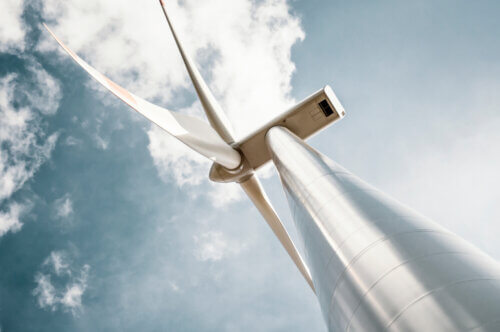 One of the ways forward-thinking utilities are tackling the power of limited data from their OEM and end-of-life turbine control systems is by adding a CMS to collect and deliver data to a central location. The best modern CMS solutions can collect data from nearly any type of turbine in real-time, delivering ownership of turbine data back to the actual asset owner.
One of the ways forward-thinking utilities are tackling the power of limited data from their OEM and end-of-life turbine control systems is by adding a CMS to collect and deliver data to a central location. The best modern CMS solutions can collect data from nearly any type of turbine in real-time, delivering ownership of turbine data back to the actual asset owner.
CMS solutions from providers with decades of wind industry expertise can unlock thousands of data points and deliver actionable insights — not just the dense and complex raw data — providing decision support and analysis, without incurring a fee each time.
For example, data from a CMS can provide granular enough detail about the performance of a turbine that a team could potentially allow extra wear and tear when the conditions are right — such as when price per kilowatt-hour is high. Armed with actionable information in real-time, the operations team can adjust control strategy to capitalize on excellent market conditions that offset the potential costs of additional wear, and then shift control back to a traditional strategy when market prices level out. Such flexibility is a key contributor to competitive advantage.
Integration increases operational excellence
To further uplevel their wind production capabilities, many organizations are tying turbine CMSs into fit-for-purpose green energy SCADA software. A green energy SCADA can mix operations and maintenance data to help teams correlate operational data with information received from the CMS to drive better operating decisions.
Such a solution can be particularly useful to manage an array of disparate, aging assets across a fleet. If a turbine that typically runs at 2 MW experiences mechanical problems, a team using a CMS will know much earlier than a team that must conduct asset-by-asset inspections. Having the CMS connected to a green energy SCADA will provide users more control options. For example, it might be possible to use the SCADA to derate the turbine to 1 MW to allow it to keep operating until a planned maintenance outage. While the turbine will not produce to its full capacity, it will still provide significant value over an outage until the problem is solved.
Feedback from a seamlessly integrated CMS and green energy SCADA system can also optimize daily operations, helping teams adjust those operations to extend the life of assets and avoid the added cost of expediting unplanned service. Many teams also use the actionable information they identify in their integrated solution to improve planned outage preparation. A team that knows what needs to be done going into an outage can ensure it has the right parts, people and equipment to do the necessary work correctly the first time.
Data drives advantage
As more utilities expand their portfolios with green energy solutions, they will not only need access to more data, but will also need the tools that provide insight and visibility to make use of that data. A CMS can help a team unlock data that is typically trapped inside the black box of a wind turbine’s OEM control technology. Moreover, when coupled with a fit-for-purpose green energy SCADA, that data can be leveraged to improve operations and maintenance and drive the plant and business decisions necessary to unlock competitive advantage in an increasingly crowded marketplace.
 Thomas Andersen is vice president of renewable technologies for Emerson. He has more than 30 years of renewables control and optimization experience, with a keen focus on wind generation. He began his career as an electrical technician with Mita-Teknik, a company known as a pioneer and leader in wind generation control. In 2009, Andersen was promoted to Mita-Teknik’s chief technology officer where he drove the development of state-of-the-art solutions used by wind turbine manufacturers, OEMs and owners and operators all over the world.
Thomas Andersen is vice president of renewable technologies for Emerson. He has more than 30 years of renewables control and optimization experience, with a keen focus on wind generation. He began his career as an electrical technician with Mita-Teknik, a company known as a pioneer and leader in wind generation control. In 2009, Andersen was promoted to Mita-Teknik’s chief technology officer where he drove the development of state-of-the-art solutions used by wind turbine manufacturers, OEMs and owners and operators all over the world.
The post The smarter the wind turbine, the stronger the grid appeared first on Windpower Engineering & Development.
What's Your Reaction?












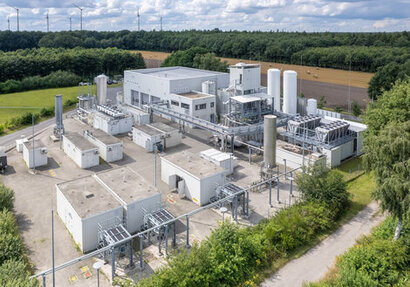
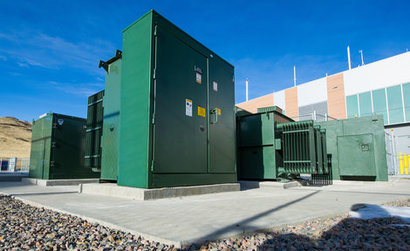

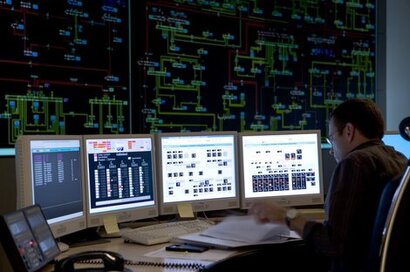

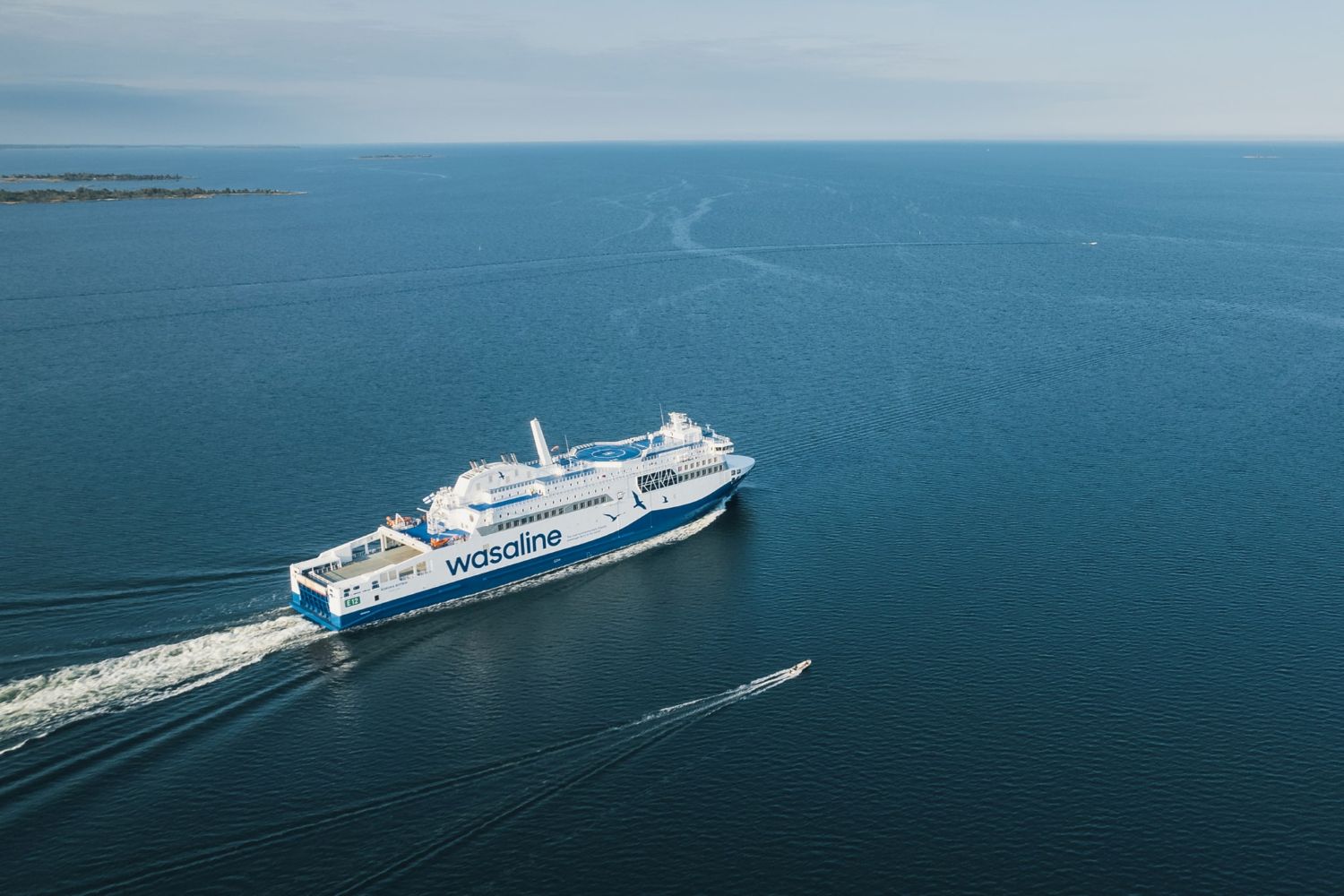


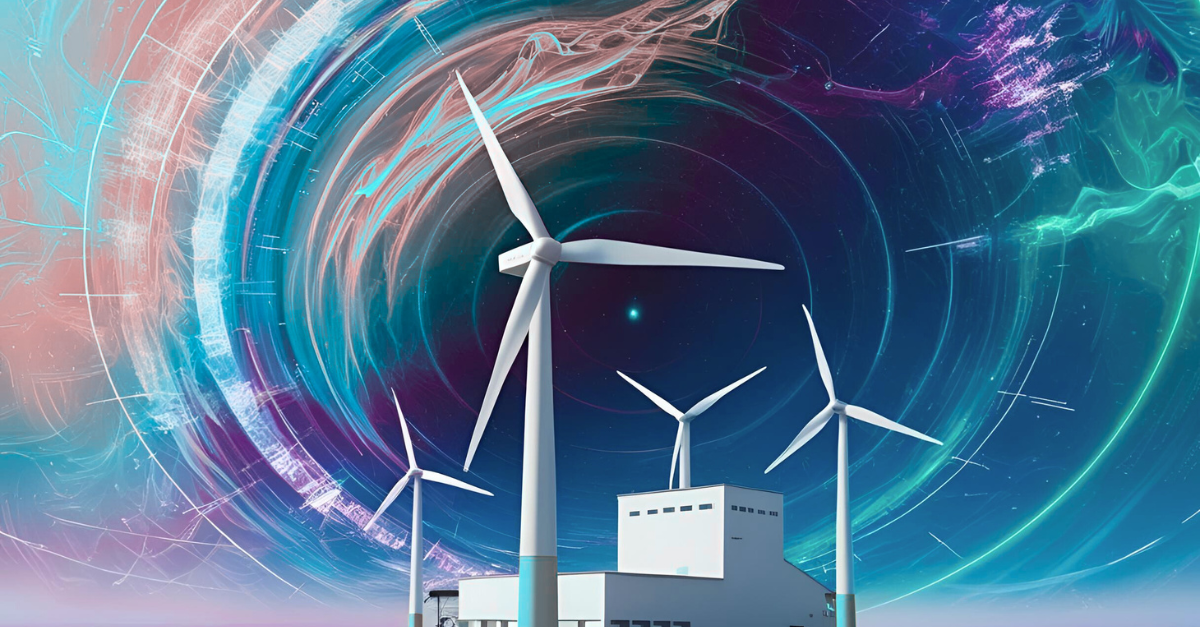

![[Upcoming Webinar] Addressing the Wind Industry's €25 Billion Annual Wake Loss Problem](https://www.windesco.com/hubfs/Swarm%20webinar%20cover%20image.png)














